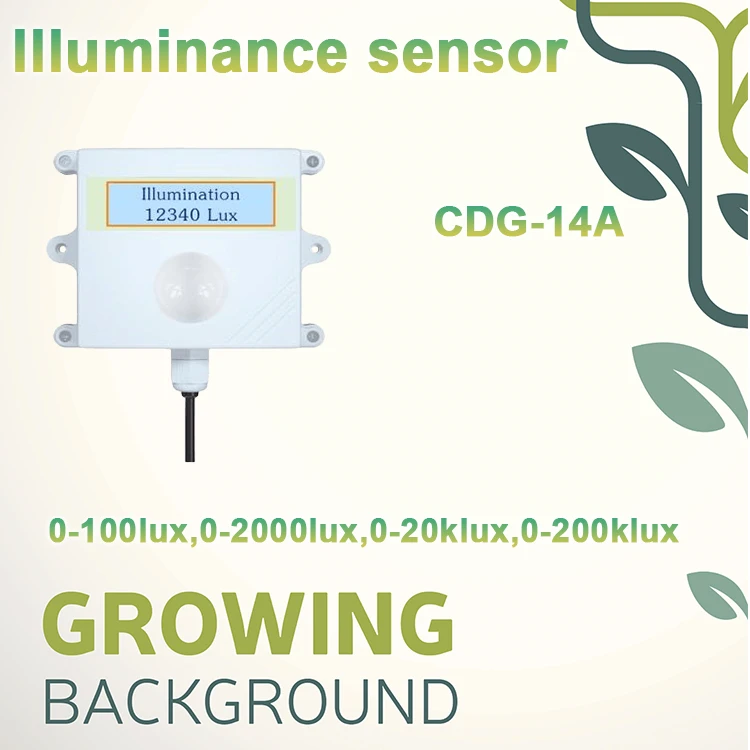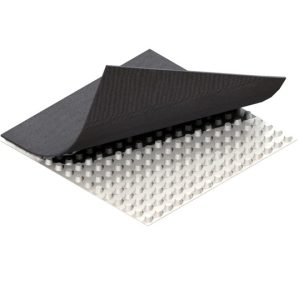Light Detector Sensor Technology

# Light Detector Sensor Technology
## Introduction to Light Detector Sensors
Light detector sensors are essential components in various electronic devices and systems. These sensors detect the presence, intensity, or absence of light and convert it into an electrical signal that can be measured and analyzed. From simple applications like automatic street lights to complex systems in industrial automation, light detector sensors play a crucial role in modern technology.
## How Light Detector Sensors Work
Light detector sensors operate based on the principle of photoelectric effect. When photons (light particles) strike the sensor’s surface, they generate electrical charges that can be measured. The most common types of light detector sensors include:
– Photodiodes
– Phototransistors
– Light Dependent Resistors (LDRs)
– Photovoltaic cells
– Charge-Coupled Devices (CCDs)
Each type has its unique characteristics and is suitable for specific applications depending on sensitivity, response time, and spectral range requirements.
## Applications of Light Detector Sensors
Light detector sensors find applications in numerous fields:
### Consumer Electronics
In smartphones and tablets, ambient light sensors automatically adjust screen brightness based on surrounding light conditions. Digital cameras use sophisticated light sensors for exposure control and image quality optimization.
### Industrial Automation
Light sensors are integral to quality control systems, detecting product presence on conveyor belts or verifying proper packaging. They’re also used in safety systems to ensure proper lighting conditions in work environments.
### Automotive Industry
Modern vehicles incorporate light sensors for automatic headlight control, rain-sensing wipers (which often use optical sensors), and dashboard illumination adjustment.
### Environmental Monitoring
Light detection sensors help measure solar radiation, monitor atmospheric conditions, and track daylight patterns for various environmental studies.
## Advancements in Light Sensor Technology
Recent developments in light detector sensor technology include:
– Improved sensitivity in low-light conditions
– Miniaturization for wearable devices
– Integration with IoT systems
– Enhanced spectral range detection
– Energy-efficient designs for battery-powered applications
These advancements are enabling new applications in healthcare, smart homes, and precision agriculture.
## Choosing the Right Light Detector Sensor
When selecting a light detector sensor for your application, consider these factors:
– Required sensitivity and detection range
– Response time
– Operating temperature range
– Power consumption
– Physical size constraints
– Cost considerations
Consulting with sensor manufacturers or technical experts can help identify the optimal solution for specific requirements.
## Future Trends in Light Detection
The future of light detector sensor technology looks promising with emerging trends such as:
– Quantum dot-based sensors for enhanced performance
– Flexible and stretchable light sensors for novel applications
– AI-integrated smart sensors for adaptive light detection
– Multi-spectral sensors capable of detecting beyond visible light
– Self-powered sensors using energy harvesting techniques
These innovations will likely open new possibilities in fields like medical diagnostics, augmented reality, and advanced robotics.
Light detector sensor technology continues to evolve, offering increasingly sophisticated solutions for diverse applications. As the demand for smart, connected devices grows, these sensors will play an even more significant role in shaping our technological landscape. Understanding their capabilities and limitations is essential for engineers, designers, and anyone working with light-sensitive systems.
Keyword: light detector sensor


